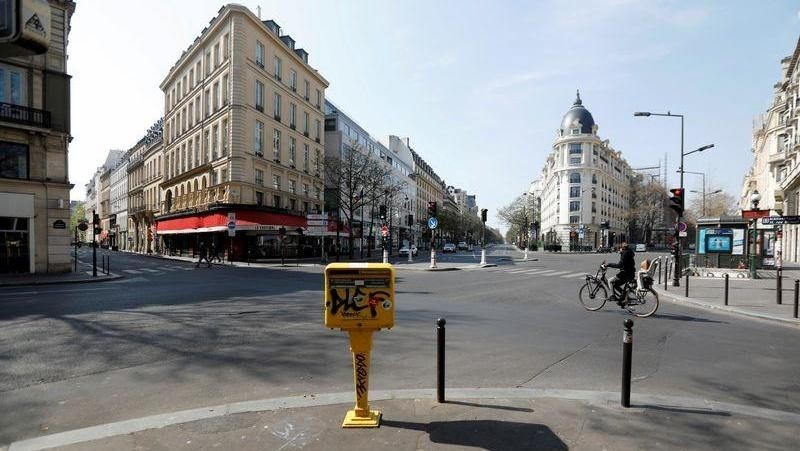The IMF’s April projection for a 3% contraction in the global economy would mark the steepest downturn since the Great Depression of the 1930s. The IMF forecasts a partial rebound will follow in 2021, but warned that the outcomes could be far worse, depending on the course of the pandemic.
The pessimistic view of the head of the IMF about the global economic outlook came in the context of the world having recorded about 4.2 million cases of COVID-19, of which more than 285,000 people have died. The lockdown of half of the world’s population to control the pandemic has disrupted global supply chains. The COVID-19 pandemic has caused a 22% fall in international tourist arrivals during the first quarter of 2020, according to the latest data from the World Tourism Organisation (UNWTO). According to the United Nations specialized agency, the crisis could lead to an annual decline of between 60% and 80% when compared with 2019 figures.
The “victims” of the COVID-19 pandemic are not only people, but also economies. In recent weeks, economists have warned that the pandemic will push the global economy into the worst recession since the Great Depression of the 1930s. The US economy – the largest in the world – has been particularly hard hit by widespread shutdowns aimed at containing the spread of the virus.
US government data has shown the unemployment rate surging to 14.7% last month. The White House said joblessness could hit 20% in May. The same predicament is found in most European economies, where the epidemic is still advancing. The industrial output of Germany and France has plummeted, with respective levels of 9.2% and 16.2% in March, while the GDP of the UK is forecast to decline by 14% this year.
Asian economies, which have been considered the driving force of the global economy for many years, are now on the verge of recession. China’s economic growth rate fellto 6.8% in the first quarter of 2020. In Japan, household spending plunged the most in five years, raising concerns that the pandemic could push the world's third-largest economy into a state of “weakness” and deep recession. Reuters reported that analysts forecast Japan’s GDP in the first quarter of 2020 may have decreased by 4.5% compared to the same period in 2019. Meanwhile, the Indian economy which has been leading the continent and the world in growth rates over recent years, is also forecast to "stand still" with a GDP growth of 0%. The global rating agency Moody’s has revised India's GDP growth forecast to 0% for the 2020-2021 fiscal year.
Commenting on the “health” of the Asian economy, the Boao Forum for Asia (BFA) held an online event last week to launch the BFA Flagship Report “Asian Economic Outlook and Integration Progress 2020” and to discuss issues on the prospects and challenges facing the Asian economy under the Pandemic.
The report believes that the Asian economy is likely to continue on the low-speed track in the years to come. Some Asian economies are likely to face greater downward pressure in 2020, and the Asian economy as a whole is expected to experience zero growth, and is projected to represent about 50.2% of the world's total.
The report also points out that the Asian economy hinges on the development of the pandemic and related economic measures. In a best-case scenario, if the pandemic is brought under control in the second half of the year, Asia's growth rate might still be positive. But if the virus returns or stimulus policies turn out to be ineffective, there is still a possibility Asia's growth rate will fall below zero.
Under pressure to “resuscitate” the global economy, many countries around the world are cautiously easing social distancing measures. For example, Norway said it would reopen its pubs from June 1 while France lifted its blockade measures from May 11. In the US, although the disease is still serious, the blockade measures are gradually being removed. However, the attempt to save the economy by easing social distancing measures is likely to be “a double-edged sword” for countries due to the risk of a pandemic reoccurring. The head of the International Monetary Fund has also warned the United States and China against rekindling a trade war that could weaken any recovery from the coronavirus pandemic.
In the above context, solidarity and cooperation is considered the most important “medicine” to help countries fight the epidemic, restore the economy and escape the current difficult situation.
















